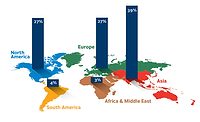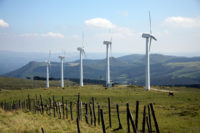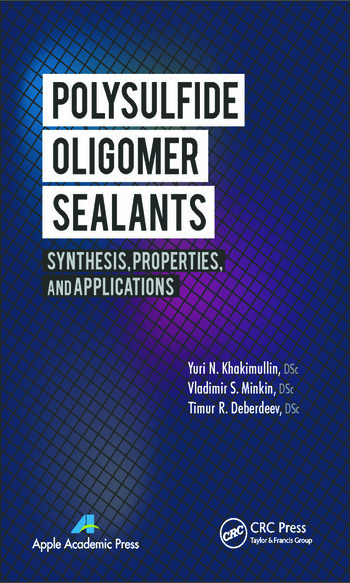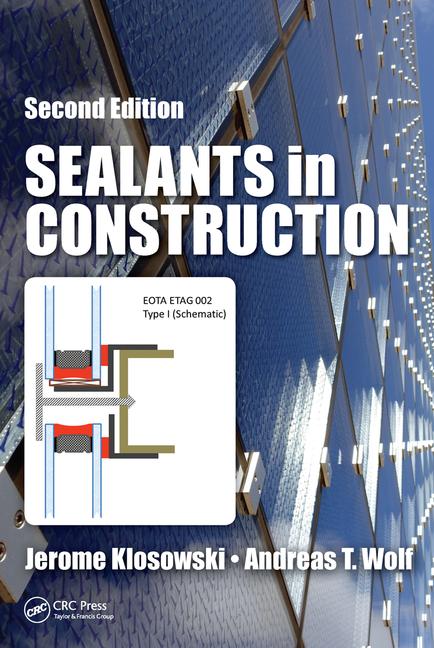Infrastructure Development and Construction to Benefit Global Demand for Polysulfide Sealants
Accounting for over 70% of consumption in the global polysulfide sealants market, 2-component polysulfide sealants remain prominent across a range of applications.

The global polysulfide sealants market was worth over $1 billion at the end of 2018 and is expanding at a significant growth rate, according to a recent report from Persistence Market Research. The market is expected to create sizeable opportunities from 2019-2029.
According to the report, 2-component polysulfide sealants account for the main share of the market in terms of market value and volume. Accounting for over 70% of consumption in the global polysulfide sealants market, 2-component polysulfide sealants remain prominent across a range of applications.
In terms of end users, the consumption of polysulfide sealants is anticipated to be primarily in civil engineering and commercial applications. Over the forecast period, these applications are projected to collectively consume almost three-quarters of the market while also registering faster growth than other segments.
Polysulfide sealants, particularly 2-component systems, find wide application in the civil engineering segment, including projects such as bridges, roads, and tunnels. With the commercial segment consuming a comparable amount of polysulfide sealants, the construction and maintenance of airport runways, car parking facilities, and other industrial applications are anticipated to help the segment emerge as a fast-growing segment over the forecast period.
The application of polysulfide sealants in building structures has been primarily driven by curtain walling, the installation of insulated glasses on the exterior of building structures. The floor and wall segment is also anticipated to contribute significantly to the civil engineering segment’s overall market growth.
On the regional front, the East Asia polysulfide sealants market is reported to be the top-consuming market; this is expected to continue through 2029. Following are the mature markets of North America and Europe, collectively generating nearly $200 million over the forecast period. Countries such as China and India are identified as emerging markets in polysulfide sealants applications due to the fast-paced construction activities in these countries.
Additional details are available at www.persistencemarketresearch.com.
Looking for a reprint of this article?
From high-res PDFs to custom plaques, order your copy today!








